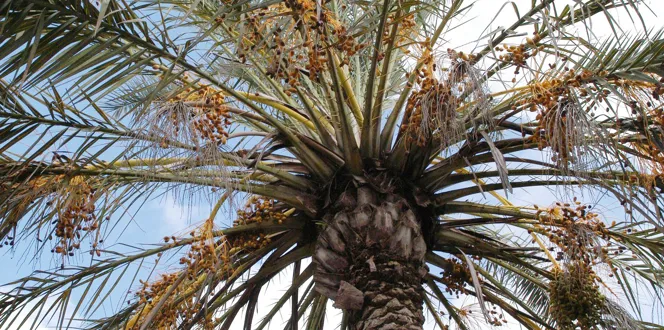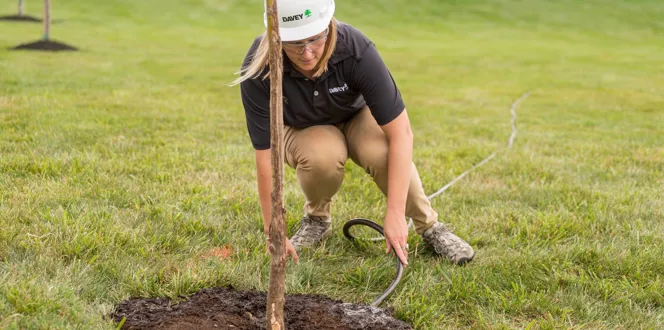When forsythia shrubs bloom, boy do they stand out.
The brilliant burst of golden flowers is simply one of the most gorgeous sights in springtime. That’s why it’s a real let down if your forsythia is not blooming for some reason. Why does this happen? And, more importantly, what can you do?
Let’s run through a few reasons why your forsythia might be ditching beautiful blooms for bare branches this year.
What's wrong with my forsythia?
Here are some of the issues that can stop these shrubs from flowering:
- Improper pruning: This is a big one because forsythia shrubs have a super strict pruning window. Forsythias bloom on old wood, meaning, they develop fresh flower buds in summer, but those buds don’t blossom until the next year’s spring. So, if forsythia pruning is done in fall or winter, you’re trimming away all the buds that hadn’t had a chance to bloom yet. That’s why it’s important to know when to prune a forsythia. Hands down, the best time is in spring, right after the shrub has finished blooming.
- Fungal diseases: A few fungal problems can plague forsythia. A common one is galls, caused by a fungus called Phomopsis. Thick, brown clusters develop on the shrub, and there’s a chance the fungus will kill a few branches. To curb damage from this disease, prune and destroy branches with galls on them. Sterilize your tools after pruning infected branches.
- Placement in the yard: There’s no such thing as “too much sun” for forsythias. They require full, unfiltered sunlight to grow their best, and they won’t flower nearly as well in a shady environment.
- Harsh winter. Remember, new forsythia buds wait out winter in anticipation of a springtime bloom. But, if the weather gets cold enough, those buds could get so damaged in winter that they don’t open up in spring.
- Well-drained soil. Forsythias aren’t picky about the soil they’re grown in—sand, loam, you name it. What they cannot tolerate is overly wet soil. These shrubs should be planted in well-drained soil in order to grow to their full potential.
Signs that a forsythia bush is dying
Forsythia flowers get most of the attention, but their leaves also have a story to tell. Leaf problems, like discoloration or wilting, are a telling sign of a forsythia in trouble. For example, your shrub might be infected by a foliar disease if it has blotchy brown spots on its leaf veins.
Branches also give some insight into the health of your plant. When you scratch off the surfaces of a few random branches throughout the shrub, they should be moist and green underneath, not dry or brown.
If you’re concerned about the health of your forsythia, have your local arborist take a look at it.
When does a forsythia bloom? And how long does a forsythia stay in bloom?
In its preferred growing zones 5-8, a forsythia blooms anywhere from late March to mid-April. Then, it stays in bloom for about two weeks at most.





